
If you enjoyed seeing the size of our Earth in True Perspective, you may like seeing the shape of our universe itself. It really made me think about our own place in the universe. I started looking for more information and I ended up finding these great pictures that showed even more details about our solar system, the planets, our galaxy, and the universe as we know it. I hope you’ll like this deeper look into the amazing creation around us.
Planet Earth - our home
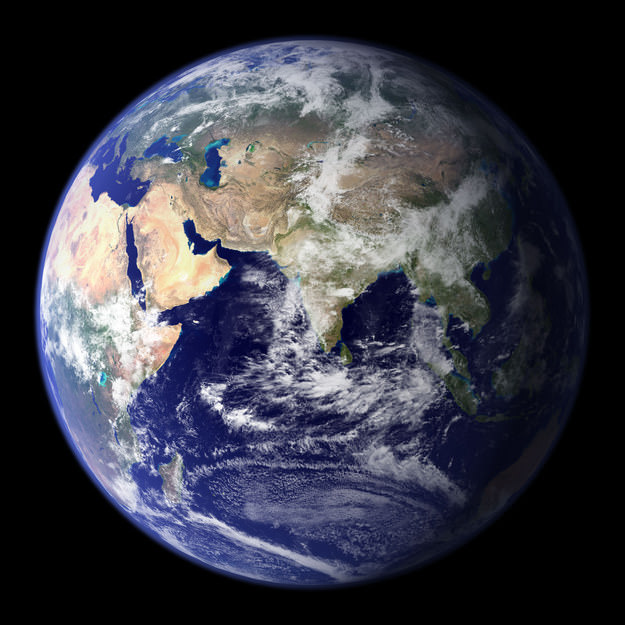
Source: NASA
Our solar system - "Sol"
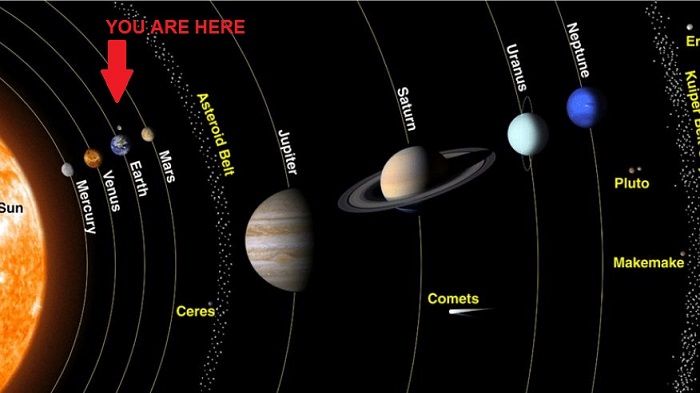
Source: NASA
The distance between the Earth and the moon (to scale)
Amazingly, we can fit all of the planets in the solar system in that distance...
The size of North America, to scale with Jupiter
The circumference of Saturan's rings is six times the circumference of Earth. It's 175,000 miles (282,000 km), while Earth's circumference is about 24,860 miles (40,075 km).
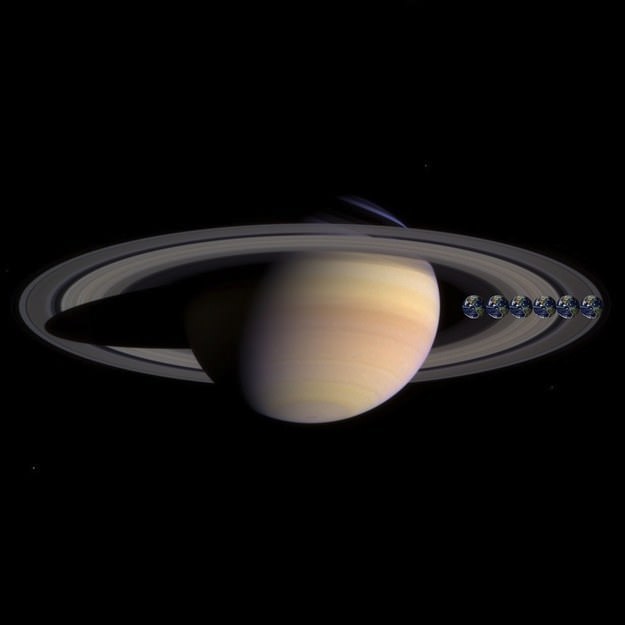
Source: NASA
If Earth had rings like Saturn, this is how the sky would look like in different parts of the world:
You may have heard that the European Space Agency landed a probe called 'Rosetta' on the Churyumov–Gerasimenko comet. This is that comet, to scale with Los Angeles:
The size of the Sun compared to the rest of the planets:
The Earth, as seen from our moon - Luna:
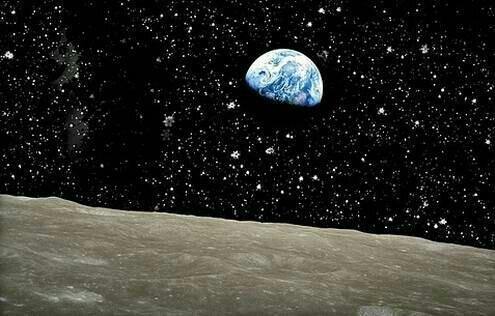
Source: NASA
And this is what the Earth looks like from Mars:
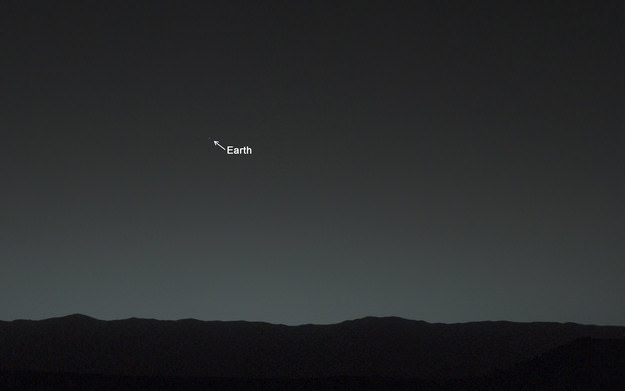
Source: NASA
And that little blue dot is us, as seen from Saturn's orbit:

Source: NASA
That tiny little speck is the Earth, as seen from 4 billion miles away...
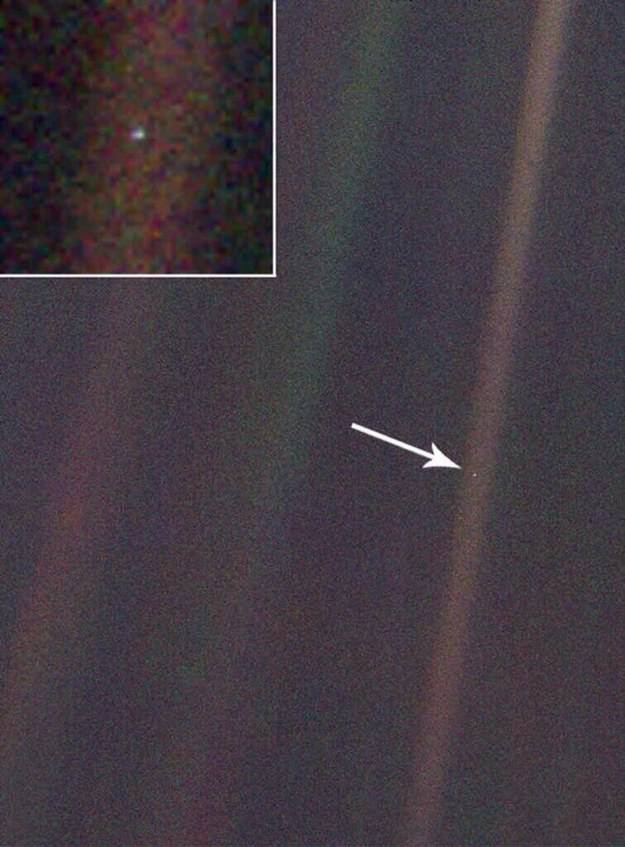
Source: NASA
Remember the size of Earth, compared to the sun?
This is what a sunrise looks like on Mars:

Source: NASA
As huge as the sun is, in the universal scale - it's actually tiny. When put next to YV Canis Majoris (one of the largest known stars), it seems smaller than a speck of dust. YV Canis Majoris is 1419 times bigger than the sun!
If you want another scale, imagine the sun is the size of a human white blood cell. Now, staying on that scale - the Milky Way galaxy would be the size of the United States - that's almost incomprehensible.
And if you ever wondered - this is where our solar system is in the Milky Way:

Despite that, this is all you ever see with the naked eye:
Now, let's increase the scale - this is the size of our galaxy, compared to other known galaxies:
Now, let's get REALLY BIG - every light you see in this picture is a galaxy. Each galaxy contains hundreds of millions of stars and solar systems. Incredible!
This is galaxy UDF 423, you can see it in the bottom-right part of the picture above. UDF 423 is about 10 billion light years away from earth, meaning that the light needed 10 billion years to get from it to here. What you see is what this galaxy looked like 10 billion years ago!
Now, just to up the ante - the image of the galaxies above was taken from this tiny, seemingly starless spot in the sky:
You must have heard of "Black Holes", right? Well, in the center of galaxy NGC 1277 there is a supermassive black hole. If you need to know what "supermassive" means, look at its scale, compared to Earth's orbit around the Sun:
So lets have a final recap - This is Earth, our home:
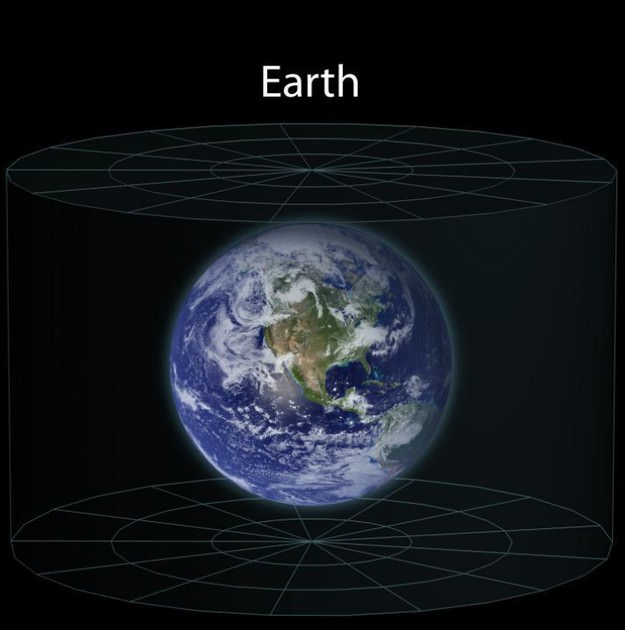
Source: Andrew Z. Colvin
This is our solar system:
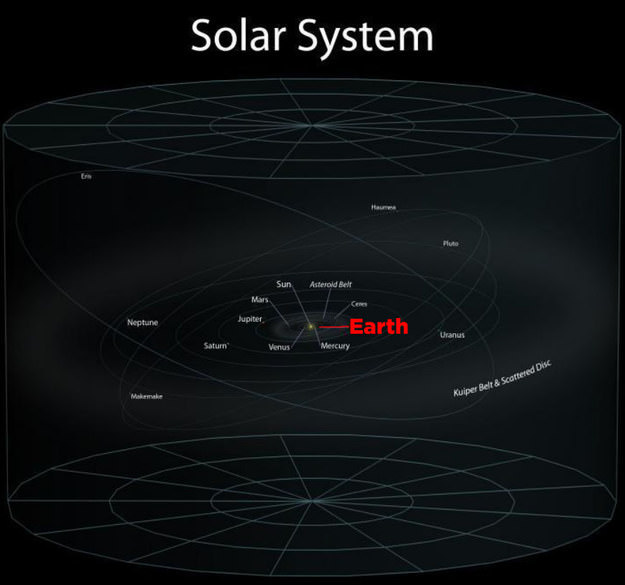
Source: Andrew Z. Colvin
This is our solar neighborhood - these are just the solar systems in our part of the galaxy:
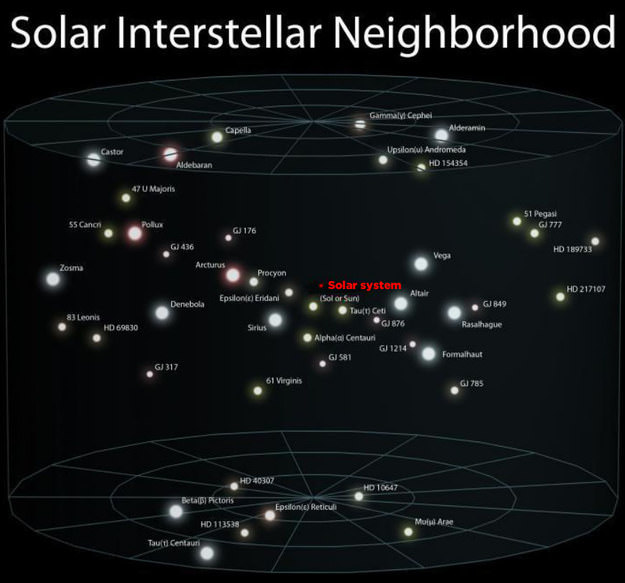
Source: Andrew Z. Colvin
This is where our neighborhood resides in the Milky Way Galaxy:
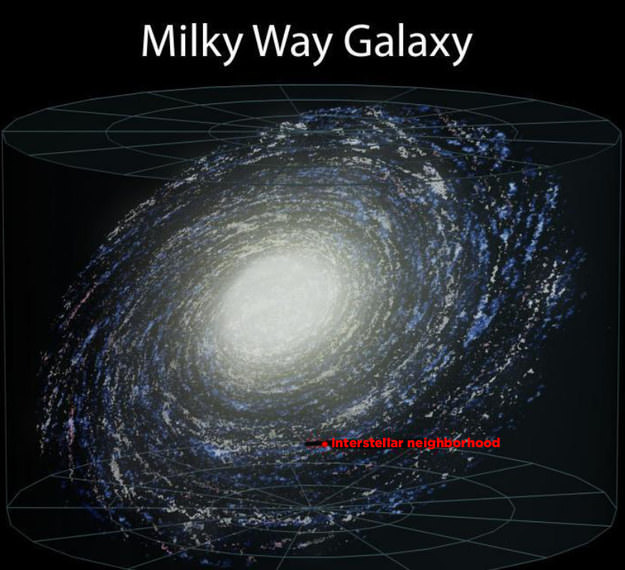
Source: Andrew Z. Colvin
This is the Milky way in its local galactic group:
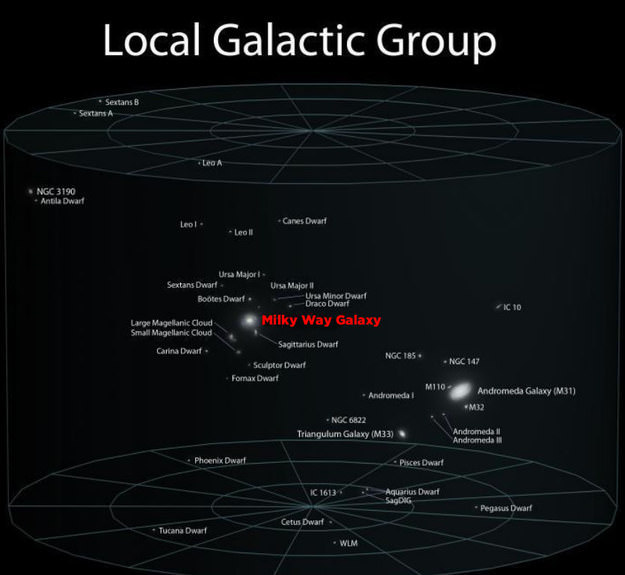
Source: Andrew Z. Colvin
This is our galactic group in what is known as the "Virgo Supercluster" - the local cluster of galaxies in our small part of the universe:
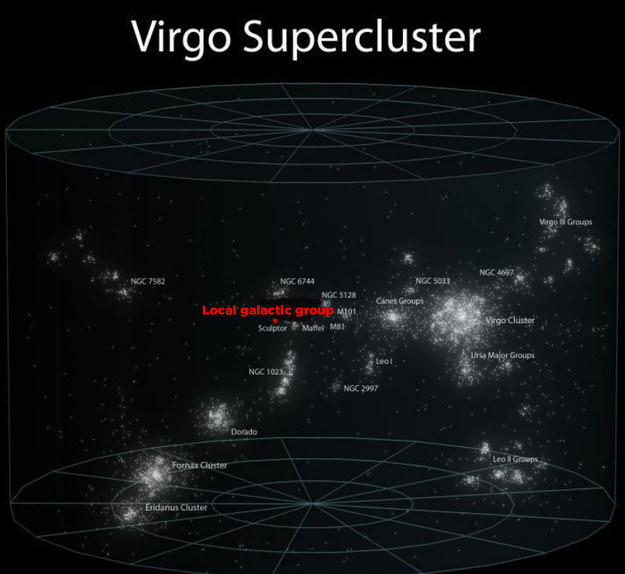
Source: Andrew Z. Colvin
This is where the Virgo Supercluster is located in the local supercluster neighborhood:
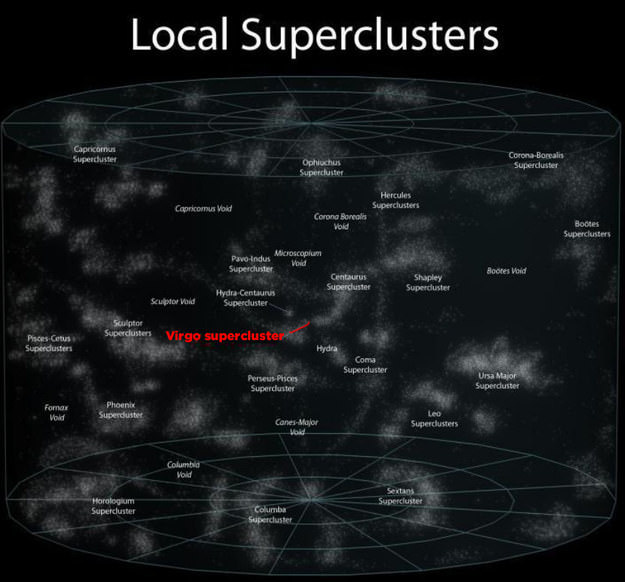
Source: Andrew Z. Colvin
And this is the universe - as far as modern technology allows us to see:
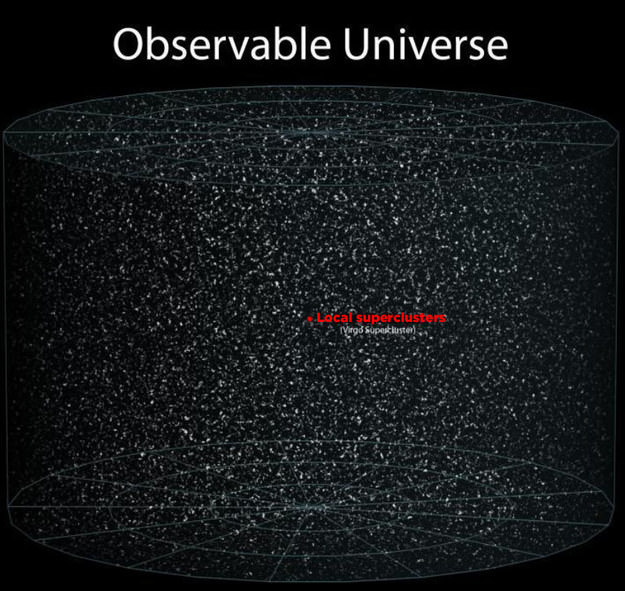
Source: Andrew Z. Colvin
It's a big universe out there...
Related Articles:
15 Pictures of Space From Different Observatories
30 of NASA Greatest Achievements Captured in Photos
The Weirdest Planets Discovered So Far
H/T: buzzfeed.com